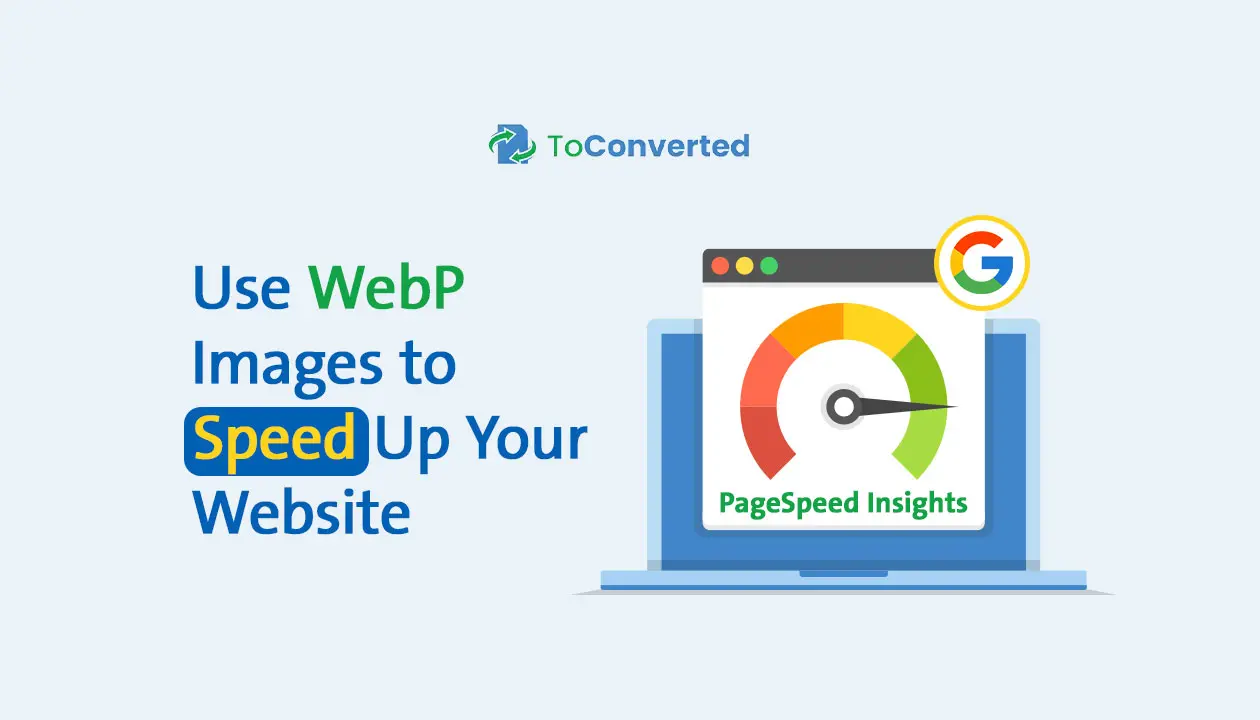By Yassine Tazi
Did you know that 53% of mobile site visitors will leave if it takes longer than three seconds to load? In today's fast world, website speed is crucial. Using WebP images can make your site faster, keeping visitors interested.
The WebP format, made by Google, makes images smaller without losing quality. This is key for anyone wanting to speed up their site. With users valuing speed more than ever, using WebP can give your site an edge.
The Importance of Website Speed for User Experience
Website speed is key to a good user experience. Fast loading times help users enjoy your content more. When visitors come to your site, they expect it to work smoothly right away.
If your site is slow, you might lose customers. They might look for faster sites instead.
Impact of Loading Speed on User Retention
Website speed and user retention are closely linked. Most users want a site to load in two seconds or less. If it takes longer, they might leave.
Fast image loading makes users happier. They stay longer and interact more. So, making your site faster is crucial.
Connection Between Speed and SEO Rankings
Website speed affects your SEO rankings too. Search engines like Google favor fast sites. They want users to find information quickly.
Google PageSpeed Insights offers tips to make your site faster. By following these, you can improve your site's ranking in search results.

Benefits of Using WebP Image Format
The WebP image format boosts website performance and keeps images looking great. It uses new image compression methods, unlike JPEG and PNG. Knowing these benefits can make your site better for users and search engines.
Superior Compression Techniques for Faster Load Times
WebP uses advanced algorithms to make images smaller without losing quality. This means your site loads faster, keeping users interested. WebP is often smaller than JPEG, which means your site loads quicker.
Improved Image Quality Over Traditional Formats
When comparing WebP to JPEG, WebP stands out. It supports both lossless and lossy compression. This lets you pick the right balance between image size and quality. WebP keeps images sharp and colorful, even when they're small, which is key for SEO.
Use WebP Images to Speed Up Your Website
Switching to WebP images is a smart way to make your site load faster. It's easy to convert images to WebP and enjoy many benefits. Knowing about webp browser compatibility is key to make sure your images look good on all devices.
How to Convert Your Existing Images to WebP
To turn your images into WebP, use online tools like toconverted.com. It's easy to use, just upload your images and get them back in WebP format. This format makes your images smaller but keeps them looking great, perfect for speeding up your website.
Integrating WebP into Your Current Website
Adding WebP images to your site makes it run better and feel more user-friendly. First, swap out your old images for WebP ones. Make sure your CMS can handle WebP or use plugins if needed. Also, remember to check webp browser compatibility. By offering fallbacks like JPEG or PNG, everyone gets the best image quality, no matter their browser.

Conclusion
Optimizing your images is key to a better website. Using WebP images can make your site faster and more user-friendly. WebP's advanced compression keeps images looking great while they load quickly.
Switching to WebP can really help your site. It can make your site rank higher in search results and keep visitors coming back. This is because fast-loading sites are favored by search engines.
It's time to make the change. Converting your images to WebP will make your site run smoothly. Remember, using WebP is essential for a fast and engaging online experience for everyone.
FAQ
What is the WebP image format?
WebP is a new image format made by Google. It uses special compression to make images smaller without losing quality. This helps websites load faster and work better.
How can WebP images improve my website's speed?
WebP images are much smaller than usual images. This means they load faster. Faster websites make users happier and can help your site rank better in search results.
How do WebP images compare to traditional formats like JPEG?
WebP images are often better than JPEG and PNG in size and quality. They use new compression methods that can make images up to 30% smaller than JPEGs but still look great.
How do I convert existing images to WebP format?
You can turn your images into WebP using online tools like toconverted.com or image editing software that supports WebP. It's easy and can really help your website.
Is WebP compatible with all web browsers?
WebP works well in modern browsers like Google Chrome, Firefox, and Edge. But, older browsers might not support it. You can use fallbacks for those browsers so everyone can see your images.
How does Google PageSpeed Insights factor in image formats?
Google PageSpeed Insights checks how fast your website is, including image formats. Using WebP can make your PageSpeed score better. This is key for good search engine rankings.
What are the best practices for integrating WebP into my website?
To use WebP images well, make sure your site can handle different formats. Also, have fallbacks for browsers that don't support WebP. Optimize your images before uploading and think about using lazy loading to make your site even faster.
